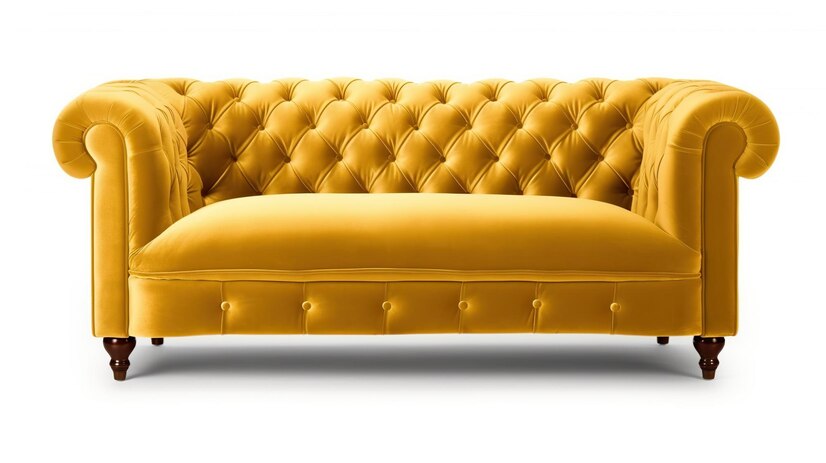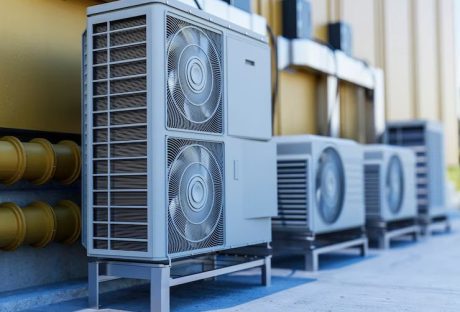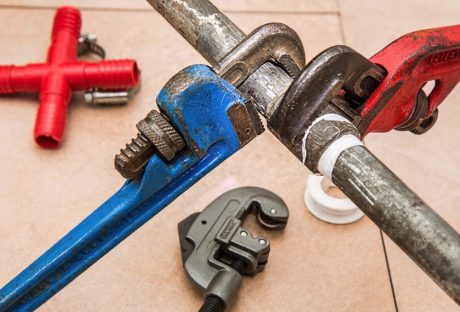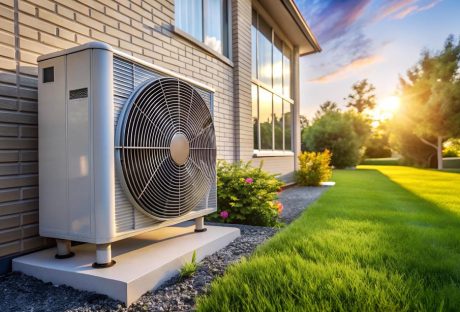A Chesterfield sofa is all about looking good and being comfy. It’s known for its neat button pattern and high, rounded armrests. The best part about leather Chesterfield sofas is the use of top-quality leather. This makes the couch look great and last for a long time.
In this article, we will explore the types of leather, how the sofas are made, and how to care for them. Our goal is to give you a complete understanding of the leather used in Chesterfield sofas.
The Story of Chesterfield Sofas
The name “Chesterfield sofa” comes from the Earl of Chesterfield. He was looking for a sofa that was not just cozy, but also wouldn’t crumple his suit when he sat. So the Chesterfield sofa became the perfect solution.
Leather plays a crucial role in these sofas. It’s not just about the appearance, but it’s about lasting a long time too. The finest leathers used for a Chesterfield are Full-grain and Top-grain.
Full-grain is the best you can get. It keeps all the natural patterns of the animal skin. The sofas made with it are all unique. Top-grain is just a step below. It gives a more uniform look with its sanded and finished surface.
Types Of Leather Used In Chesterfield Sofas

1. Full-Grain Leather Chesterfields
When you want the best, you go for full-grain leather. This type of leather is the finest you can find. The surface of the hide is left untouched except for removing the hair. This keeps all the original textures and marks.
Each Chesterfield made with this leather is one of a kind. Full-grain leather is super durable. This leather can handle moisture and, if cared for correctly, will develop a beautiful patina as it ages.
However, full-grain is the priciest of the leathers. But, it is well worth the cost. If you value heritage, long life, and individual beauty, it is the right choice for you.
2. Top-Grain Leather
Top-grain leather is another great option for a Chesterfield. It is almost as good as full-grain. But, it is slightly processed to remove any imperfections. This makes it look more uniform.
Top-grain leather sofas are good quality, durable, and a bit more affordable. They won’t get the same deep patina as full-grain sofas. But they are still tough and can handle everyday use.
This leather is easier to take care of because it resists stains. The smooth surface of top-grain leather gives a sleek and modern look. This is perfect if you like a more contemporary style.
3. Bonded Leather
If you’re on a budget, bonded leather is for you. It gives the look of a leather sofa without the high cost. Bonded leather is crafted from remnants of leather, which are combined together. It doesn’t match up to the durability or breathability of full or top-grain leather.
However, for furniture that’s not used daily, it can be a viable choice. Plus, it’s better suited to handle sunlight, making it a decent pick for rooms with a lot of sunshine.
The main selling point of bonded leather is its affordability. But remember, its lifespan may not be as long as that of superior-quality leather.
The Making of a Chesterfield Sofa
Making a Chesterfield sofa takes a lot of work. It needs skill, focus, and a good understanding of leather. Each step, from choosing the hide to cutting, tanning, and dyeing, affects the final look and quality.
The deep-buttoning of a Chesterfield is a special process. It needs careful work to make sure it is done correctly and will last. The buttons need to be tied down securely to keep the tufted look.
The leather also needs special treatment to protect it from stains and wear.
The Chesterfield Styles
The Chesterfield sofa has a signature style, easily recognized by its deep-buttoned upholstery, high rolled arms, and equal back height. But while the classic design remains popular, modern interpretations of the Chesterfield style have also found a place in contemporary homes.
The classic Chesterfield is often wrapped in full-grain or top-grain leather, rich in tones of browns and blacks, conveying a sense of old-world luxury. The design is a perfect fit for traditional or vintage-inspired interiors.
Modern Chesterfields, on the other hand, have been reimagined in lighter shades of leather or even brightly colored hues. This modern twist offers a fresh and vibrant take on the traditional design, suitable for more contemporary or eclectic spaces.
But whether classic or modern, the Chesterfield maintains its signature features. These design elements have stood the test of time, ensuring the sofa’s presence in homes for many years to come.
Conclusion
A Chesterfield sofa is a piece of history that adds luxury to any room. The type of leather used greatly affects how the sofa looks, how long it lasts, and how much it costs. From premium full-grain leather to the more affordable top-grain and bonded leather, each has unique qualities. No matter your choice, the artistry and skill in making these sofas are always there. It is a tradition of quality that has lasted for centuries.
By understanding the types of leather and how the sofas are made, you can choose the best Chesterfield for you. With knowledge about style, practical needs, and cost, you’ll be better equipped to choose the right sofa. Plus, your appreciation for your couch will only grow as you understand the craftsmanship and effort behind it.
Read Also:





















